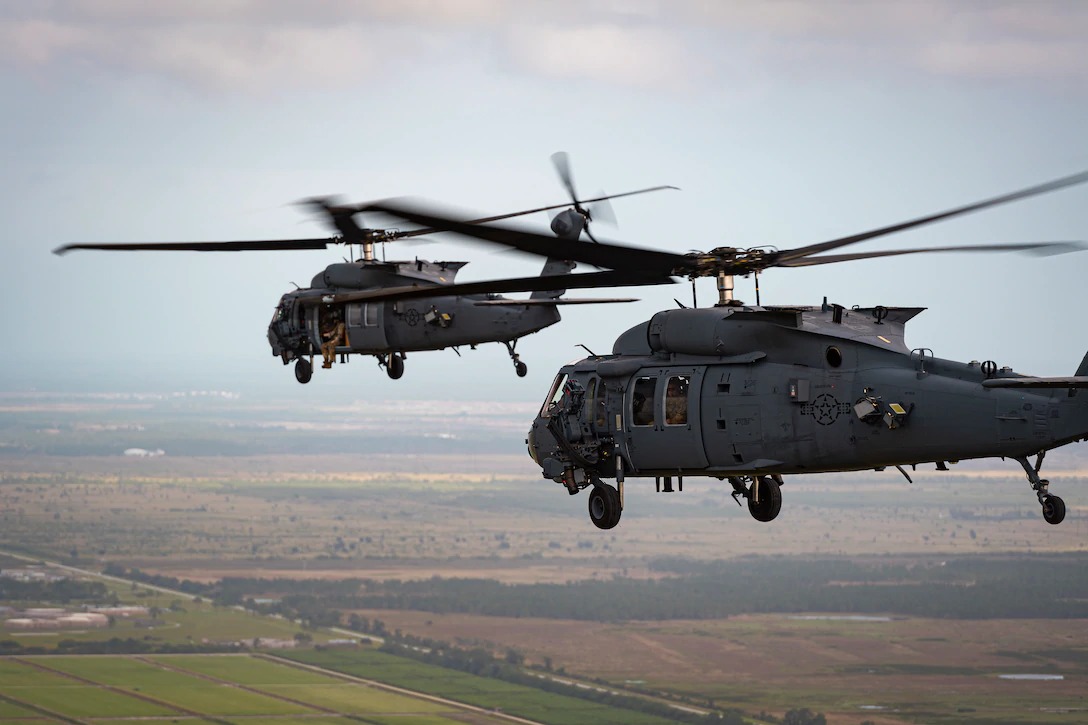The US Air Force took delivery of two new search and rescue helicopters from Lockheed Martin’s Sikorsky Training Academy in Stuart, Florida. The new HH-60W Jolly Green II helicopters are assigned to the 23rd Wing and 347th Rescue group stationed at Moody Air Force Base in Georgia. Pilots from the 41st Rescue Squadron flew the helicopters to their new home.
The new helicopters were unveiled in February. They are named in the tradition of the original Vietnam-era HH-3E Jolly Green and the HH-53 Super Jolly Green. The name comes from the original green paint job on the HH-3E and is a nod to the advertising character used to sell canned vegetables.
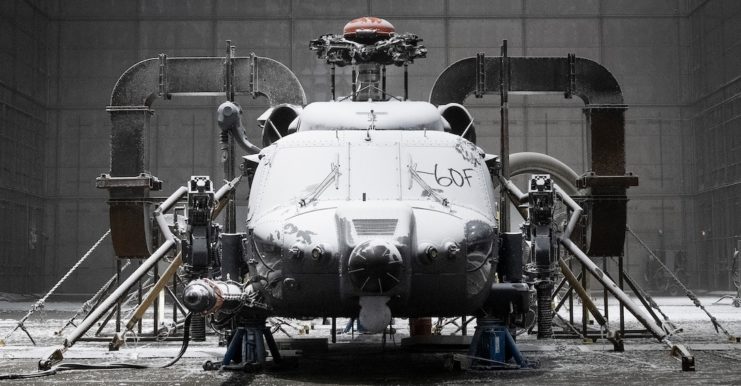
The two new helicopters are the beginning of the process to move away from the HH-60G Pave Hawk copters which have been in use for over 26 years.
The Air Force intends to purchase 108 Jolly Green IIs and will continue using the Pave Hawks until that purchase is complete.
The Jolly Green II offers many improvements over previous search and rescue helicopters the Air Force has used. These include improved defensive system, performance while hovering, electrical capacity, avionics, cooling, weapons and cyber-security.
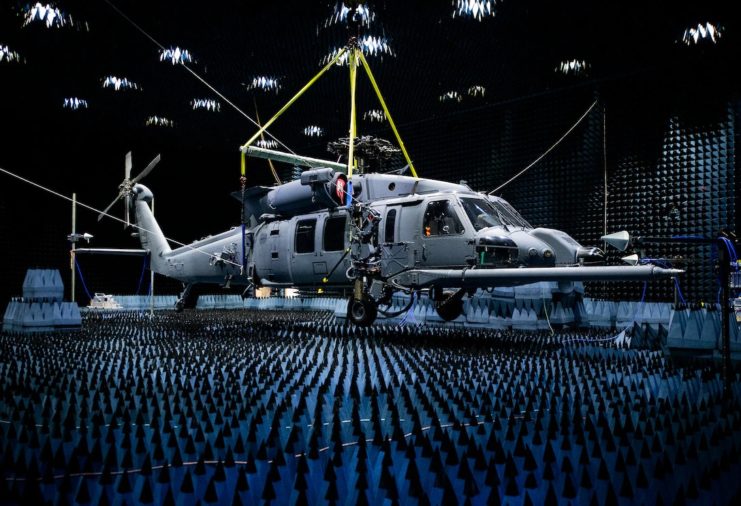
The new helicopters will be used to recover personnel that become stranded in enemy territory. When not in combat duty, the helicopters will be used for civil search and rescue, humanitarian aid, support for NASA space flights, and rescue command and control.
The original Jolly Green was developed by making alterations to the Sikorsky CH-3 transport helicopter. They were fitted with weapons and armor. The hull was made watertight so that they could land on water if necessary, and had a large rear door that aided with loading and unloading.
HH-3Es were also equipped with the ability to refuel in the air which enabled one to set the record for helicopters when it flew nonstop from New York to Paris in 1967. The HH-60W managed to add additional fuel storage without losing cabin space. This allows it to fly 195 nm (361 km) when fully loaded for combat. Air refuelling capabilities were tested on the new helicopters in August of this year.
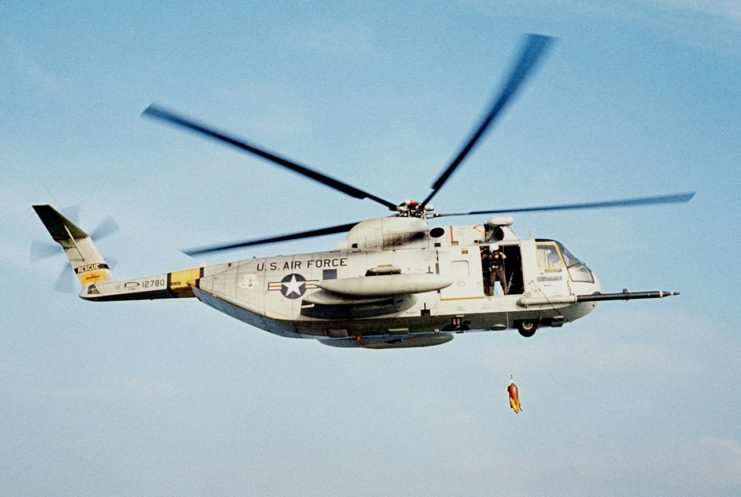
Live-fire tests were conducted in September.
Crew from the HH-3E helicopters received 24 Air Force Crosses, over 190 Silver Stars and one Medal of Honor for their efforts in the Vietnam War.
Barbara Barrett, Secretary of the Air Force, said in February that it was important to continue the work began by those crews in Vietnam.
She said that the USA “owes” search crews the best equipment so that they can carry out their mission of rescuing our service members.
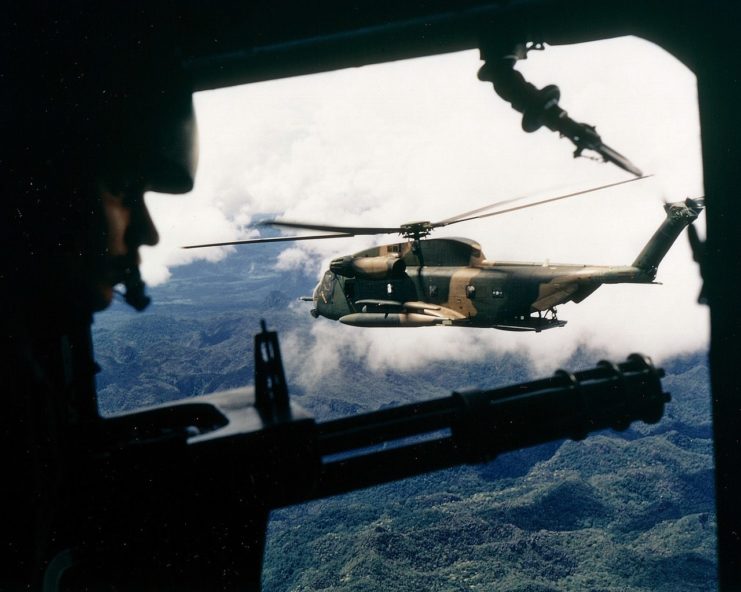
The soldiers in the Vietnam War took to calling the helicopters “Jolly Green Giant” and the name stuck.
The HH-3E was used from 1967 to 1995. It’s crews were the pioneers of combat search and rescue missions.
Another Article From Us: Gunny Hathcock – a Vietnam War Sniper Legend
The new Jolly Green II contract is a $7.1 billion program to replace the aging HH-60G Pave Hawk some of which have already passed their life expectancy.
